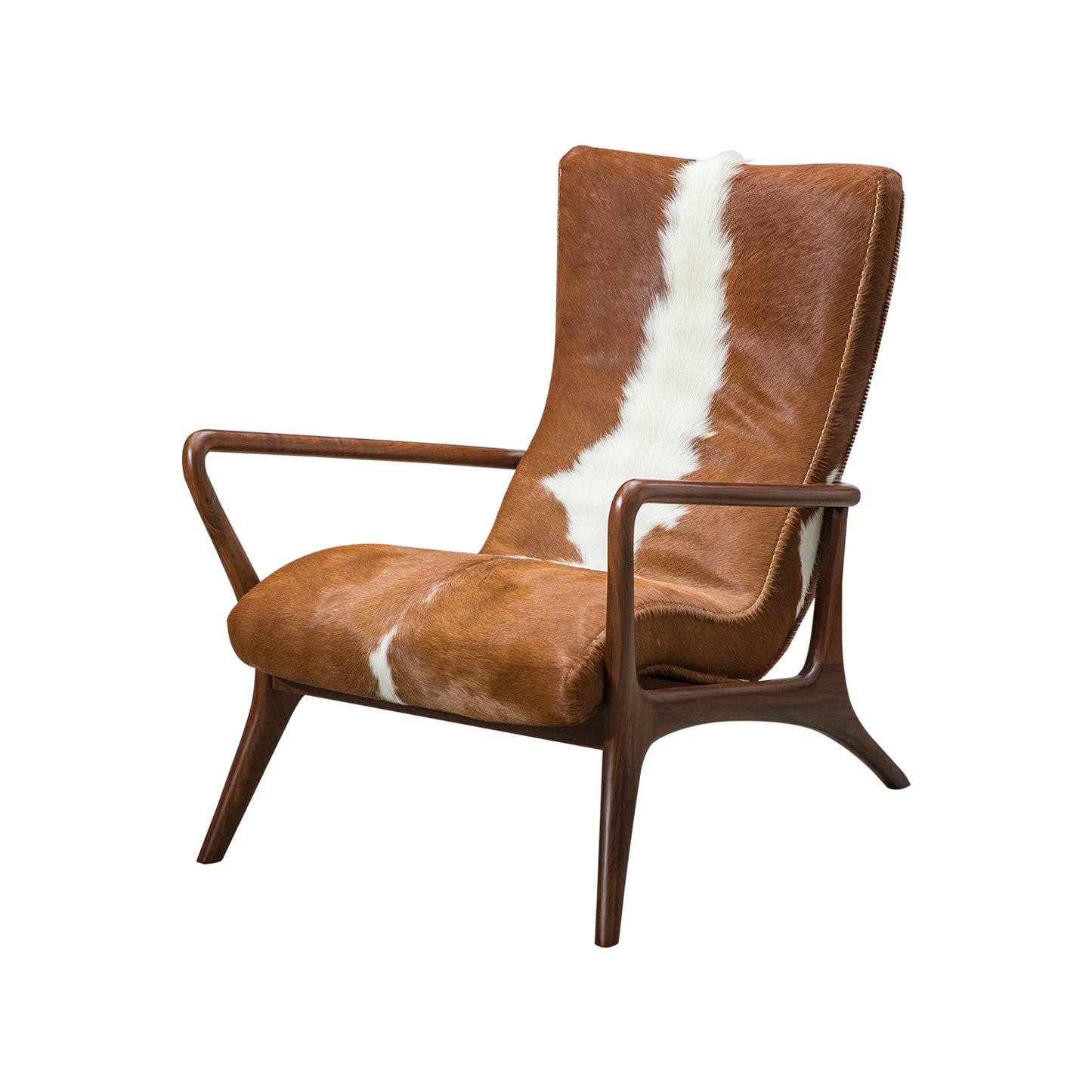The humble chair has undergone a remarkable transformation throughout history. From its inception in ancient civilisations to the sleek, ergonomic designs of today, the chair serves as a testament to human creativity and innovation. This article delves into the evolution of chairs, highlighting key developments and styles that have shaped their design.

Ancient Chairs: Function Meets Form
In ancient times, the chair was primarily a symbol of status and authority. For instance, the thrones of Egyptian pharaohs and Roman emperors were intricately designed, often adorned with precious materials. These early chairs were not just for sitting; they represented power and prestige.
- Egyptian Thrones: Crafted from wood and decorated with gold leaf.
- Roman Curule Chairs: Folding chairs used by magistrates, symbolising their authority.
As societies evolved, so did the chair. The Middle Ages saw the introduction of more functional designs, such as the stool and the bench, which catered to the needs of the common folk. But how did these changes influence modern seating?
The Renaissance and Baroque Periods: A Flourish of Design
The Renaissance marked a significant turning point in the history of the chair. Artisans began to experiment with intricate carvings and luxurious fabrics, leading to the creation of iconic styles such as the wingback chair and the chaise longue. These chairs were not only functional but also works of art.
- Wingback Chair: Designed to provide warmth and comfort.
- Chaise Longue: A reclining chair that epitomised elegance.
During the Baroque period, chairs became even more elaborate, often featuring ornate details and bold colours. This era set the stage for the diverse styles that would follow, paving the way for the modern chair.
Modern Design: Functionality and Minimalism
The 20th century heralded a new era in chair design, characterised by a focus on functionality and minimalism. Influential designers such as Charles and Ray Eames revolutionised the way we perceive seating. Their iconic Eames Lounge Chair combined comfort with modern aesthetics, showcasing the potential of new materials like moulded plywood and plastic.
Today, the chair continues to evolve, with an emphasis on sustainability and ergonomic design. Innovations in technology have led to the creation of adjustable and supportive chairs that cater to the needs of diverse users. But what does the future hold for this essential piece of furniture?
The Future of Chairs: Sustainability and Innovation
As we look ahead, the future of the chair seems promising. With a growing awareness of environmental issues, designers are increasingly focusing on sustainable materials and practices. This shift not only enhances the aesthetic appeal of chairs but also ensures their longevity and functionality.
In conclusion, the chair has come a long way from its ancient roots. It has evolved into a versatile piece of furniture that reflects cultural shifts and technological advancements. Whether you prefer a classic design or a contemporary masterpiece, the chair remains an integral part of our lives, embodying both comfort and style.






